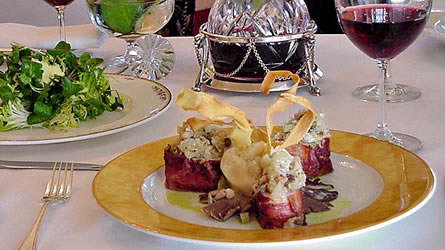I’m stuck — On our campus we have just finished building a new student housing complex. As with many campuses students have a meal plan and eat at a dining hall. This new community is by far the most expensive living option.
I’ve been asked to determine if adding kitchenettes to the complex would increase it’s attractiveness, and if so how much. We have built a mock-up of the kitchenettes in one unit. Some of the admins who are in favor of the kitchenettes have taken a few students to review the remodeled unit and an original unit. They are convinced that the research I’ve done to date that points to the price as the biggest deterrent must be wrong. They base that decision on the fact that when they show the same group of students both options most prefer the kitchenette unit.
While I’m in agreement that the kitchenettes will help (a little) spending more money on this is taking us in the wrong direction since price is the issue.
Are you aware of some kind of published research that gets at what I’m calling the two apples problem? If I give someone the choice between one free apple or two free apples most will choose two apples even if they only want one. Without factoring in price the opinions gathered that way are (in my mind) useless. Is there by any chance a term for this kind of problem that might clue me in on where to look for info?
###
Jay’s Answer: This topic is described well in Chapter 1 of Dan Ariely’s book “Predictably Irrational“. It’s hard for people to deal with an either-or situation, and you can artificially manipulate people’s biases (or simply learn how to pitch the offer) by introducing a 3rd choice into the equation. People can’t cope with A vs. B well, but A vs. B vs. C allows them to feel like they can make an informed choice.
The one vs. two free apples is covered in another chapter as well…
